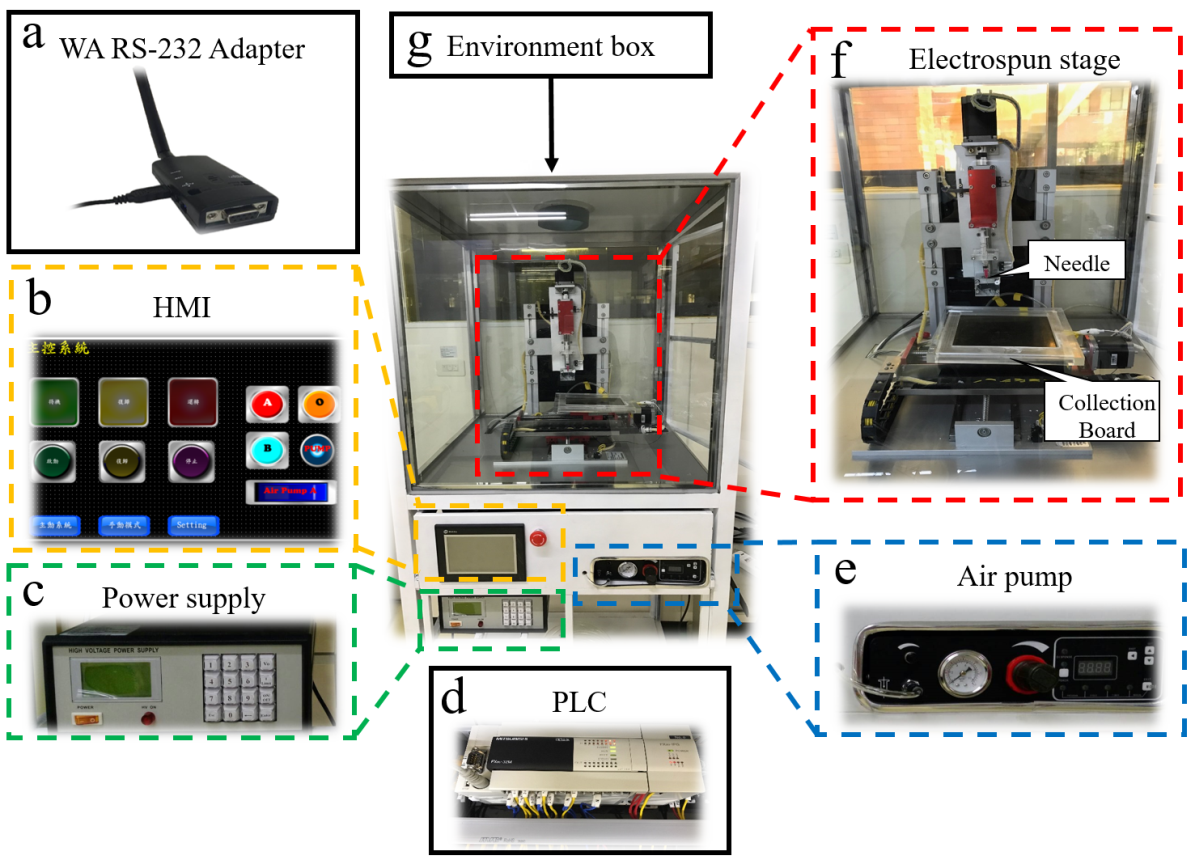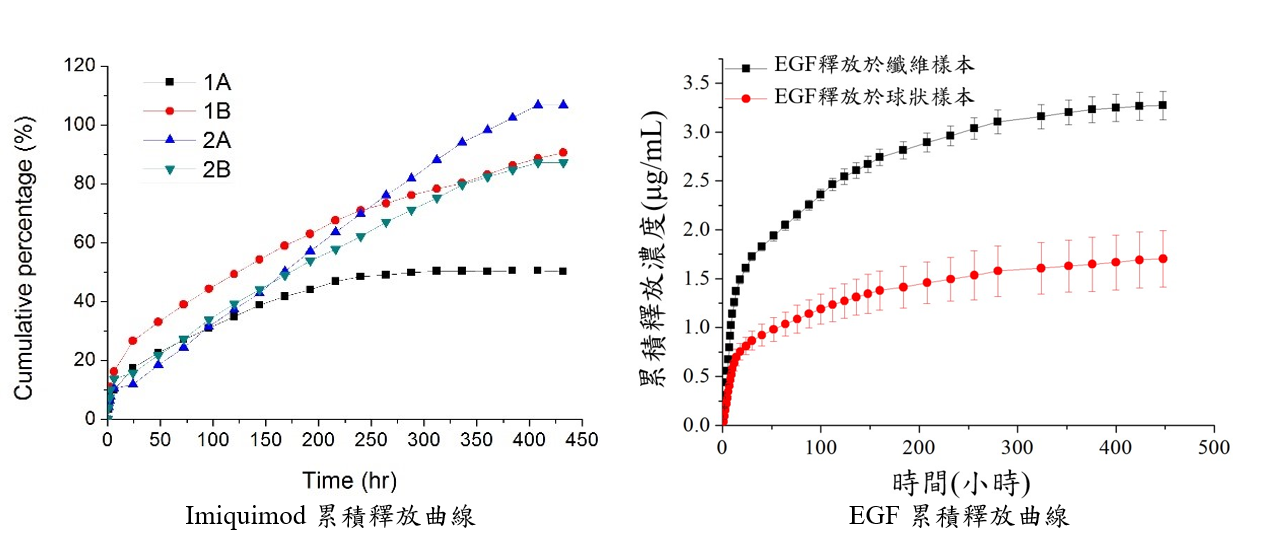| Technical Name | Developmention of the remote-controlled electrospun machine and the drug delivery scaffold for medical applications | ||
|---|---|---|---|
| Project Operator | National Sun Yat-sen University | ||
| Summary | In this study, the electrospinning machine with a remote-control function was developed to fabricate the polymeric nanofiber mesh for tissue engineering application. The self-assembled electrospinning machine composites of the three-axis control system, stage controller with high-voltage bias power supply and remote-control model. The conditions of fabricated nanofiber mesh, such as dimensions, geometries and length, are defined by several parameters, including bias voltages, the injection rate of polymeric solution, stage distances between the injection needle and collection stage and moving speeds of the stage. Fabrication parameters of fiber meshes can be analyzed by using developed software and then sent from desktop computer via the wireless model to the electrospinning machine to produce required different diameters and geometry of the nanofibers. The fabricated smallest diameter of electrospun fiber reached to approximate 150 nanometers and fabricated fiber mesh had a high porosity and surface ratio that provide an ideal microenvironment for cell attachments, proliferations and differentiations as shown in the in-vitro cell culture experiment. For this, the above advantages of the nanofibers are regarded as an appropriate drug carrier. To produce effective wound dressing, some criteria about drug delivery ability and cytotoxicity should be postulated. Hence, the biocompatible PCL2b200 nanofiber mesh and beads containing epidermal growth factor (EGF) were fabricated separately by using our developed electrospinning and electrospray process for the tissue regeneration applications. The drug release behaviors of two fabricated EGF nano-scaffolds were characterized for 448 hours. The EGF nanofiber mesh performed the quicker released speed and higher release amount than beads. Due to the influence of released EGF, nanofiber mesh also reveals a better proliferation and cell viability than beads that was proved by using the MTT assay. In accordance with the above characteristics of the fabricated nanofiber, it encompasses the potency to be an ideal biomaterial to apply for tissue engineering. |
||
| Scientific Breakthrough | 本技術開發出一機台可透過無線連網的方式,在電腦端進行遠端操控,完成參數設定與奈米纖維敷料自動化製作等多種任務。其技術特點如下: |
||
| Industrial Applicability | 透過靜電紡絲技術製備奈米纖維為紡織工程中一展新指標,此技術改變了材料的物理和化學性質,如高孔隙率與體表面積比。其應用場域亦包含許多面向,以下將針對四大產業探討其應用性。 |
||
other people also saw







